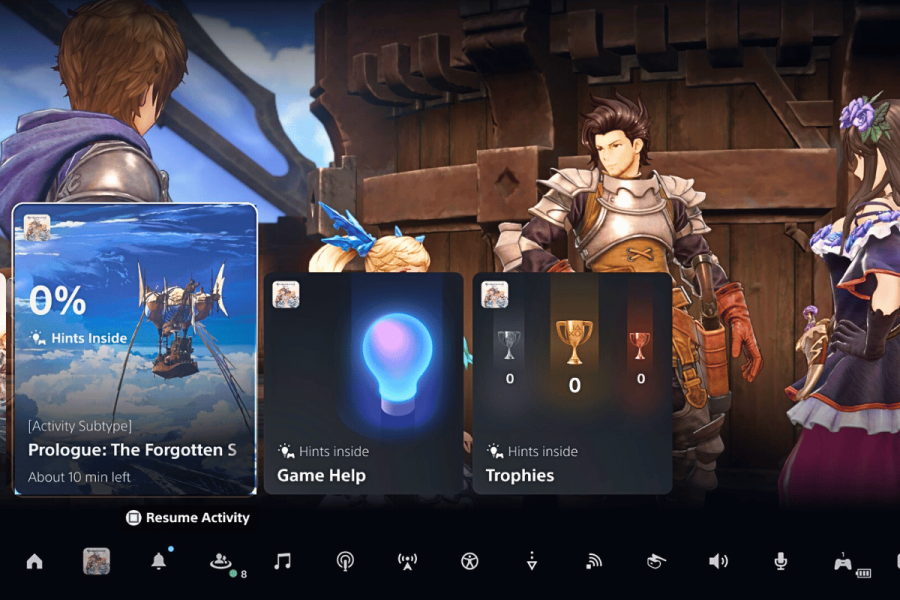The pace at which the web design industry has evolved and is continuing to evolve is mind-boggling. From static web pages laden with text to dynamic websites with all the bells and whistles attached to them, we have certainly come a long way. Introduction of new technologies leads to new web design trends. Some of these trends are here to stay while others evaporate into thin air. We will see how AI based conversational interfaces will become a substitute for web forms.
One web design trend that has taken the web design industry by storm is the development of conversational interfaces. With more people using their voices to interact than using their fingers and voice-based gadgets going mainstream — it seems that AI-based conversational interfaces have a bright future.
The conversational interface is all set to replace the web forms because it has many advantages over web forms that make the AI a better alternative.
An AI interface helps you build trust and improves engagement while delivering more convenient and superior user experience. This type of consumer usage crosses platform integration, and the ability to adjust questions according to user needs puts it miles ahead of traditional web forms.
Her is how conversational interfaces will replace web forms.
-
Buttery Smooth User Experience
With conversational AI based interfaces, your users won’t have to learn how to use the interface first as is the case with traditional web forms. All your users have to do is to either speak or write, and the speaking AI interface-bot will respond back. Simply put, this speaking process minimizes the steep learning curve we use to associate with traditional web form — thus improving the user experience significantly. The users can achieve the desired results without much effort.
-
User and Technology are Ready
The good news for voice-based user interfaces is that both the users and technology is ready. This means that we won’t have to wait long to see these interfaces go mainstream. With more than 33% of global population having access to smart-phones and voice-based devices that supports voice-based interactions, we are not far away from seeing conversational interfaces take control.
Users are already accustomed to interacting with chatbots on the website as more and more business use chatbot to deliver quick and satisfactory responses to user queries. We will see more new devices and applications that will accelerate the adoption of voice-based interfaces in the future.
-
Personalized Experience
Thanks to the advancement in voice technology, now users can personalize everything from the accent, tone, gender, and even the pace of speech. This personalized speaking pattern usage allows businesses to create a deeper personal connection with their user.
By truly personalizing the experience, users start to think of devices as their close friend instead of a machine. With users demanding personalized experiences — you have no choice but to ditch the traditional web forms and jump on the voice-based interface bandwagon.
-
Realistic Feel
How do you communicate with your friends and family? You convey your message via spoken words. Voice-based user interfaces take the same formula and makes it more interesting. By attaching a voice with technology, it makes the whole process more natural and realistic and less artificial. On the contrary, you cannot achieve the same feat with visual interfaces.
Many businesses are switching from visual interfaces to voice-based interfaces to keep the interaction more realistic. The changing trend is here to stay and will continue at a faster pace in years to come. Most newer web design companies, such as Miami, delivers a realistic feel by harnessing the power of voice-based interfaces.
-
Cross-Platform Support
Whether you want to use standalone applications or services or want to integrate a voice-based interface with a unified platform, you can easily do that thanks to cross-platform support. Cross-platform support means that you can use voice-based interfaces for a wide range of applications as well.
The platform support streamlines the process by ensuring all your apps and services are compatible and works perfectly with voice-based interfaces. You don’t have to download separate applications to make it work. All you have to do is to connect the services you use with a chat interface, speak out commands, and you are good to go.
-
IoT Device Interactions
According to Cisco, there would be 50 billion devices connected to the internet by 2020. If Cisco prediction is true, we will have an IoT revolution in a couple of years and we see shades of that already. Smart home, smart cities, and smart devices are no longer buzzwords; they have become a phenomenon which is reshaping our lives.
A challenge that is hindering its wider adoption is the lack of support for visual interfaces. Lack of support means that developers will have to create a separate interface for IoT devices. The separate interface for IoT devices is where conversational interfaces can come into play. With voice-based interfaces, we can easily incorporate these devices into our environment.
-
Evolution of Design
Voice-based interfaces have brought about a revolution in design. Conversational interfaces have changed the way we use to design products. Previously, interfaces were designed to support physical input and visual output. Now, UX designers have to design interfaces and experiences that support voice-based input.
Having criteria based on the input will force companies to focus on aspects that have never been explored by UX designers. Such issues as creating anticipatory designs, giving voice-based suggestions by analyzing the context and prioritizing data, will all have to be addressed in the IoT playbook. Specialty issues will have to be addressed and will take the design industry in a new direction and will change everything.
By taking advantage of the context of voice-based suggestions, UX designers will have to make it easy for users to understand what voice-based interaction systems can do for them. Similarly, UX designers will use context to create user flow for their anticipatory designs.
Give your users the convenience to ask questions with voice-based interfaces instead of forcing them to fill out lengthy web forms. It seems that voice-based interfaces will replace everything — not just the traditional web forms.






















